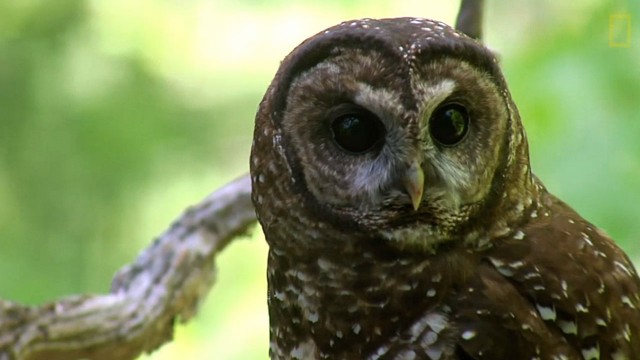
There's an abundance of science videos on the internet, but not all equally amazing. Offering an eclectic mix of cool science videos, Science Today producer Molly Michelson recommends five of her favorite clips.
1. WHERE'D YOU GET ALL THOSE DEAD ANIMALS?
When wandering around a natural history museum, it may seem wrong or cruel to see animal specimens displayed. The ethics of continued collecting practices are a hot topic among biologists, but the debate has largely skipped the general population. This Brain Scoop video explains why it's necessary for biologists to keep collecting species and the precautions they take to prevent long term negative effects on species populations.
2. THE ANIMATED LIFE OF A.R. WALLACE
Most people have heard of Charles Darwin, but what about Alfred Russell Wallace? The New York Times published a paper-puppet animated video created by Flora Lichtman and Sharon Shattuck describing Wallace's contributions to discovering the theory of natural selection. Wallace traveled to Brazil and Southeast Asia, braving jungles and severe bouts of malaria, to realize that the natural world is full of competition and death. Only the strongest and most fit survive. When the theory was originally presented to other scientists, Wallace and Darwin got equal credit, but Wallace hasn't survived history the way Darwin has.

